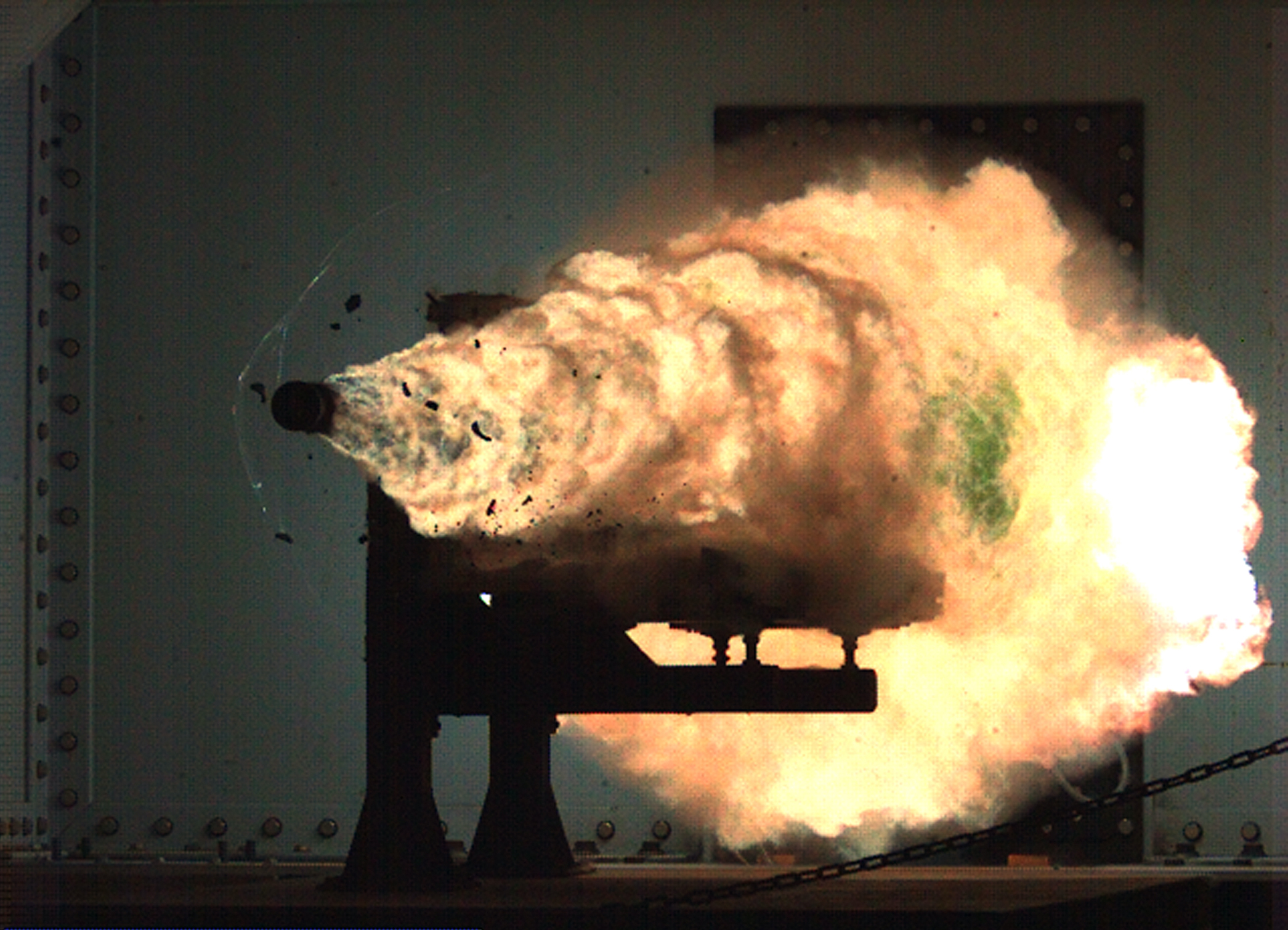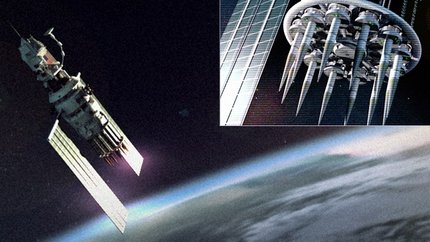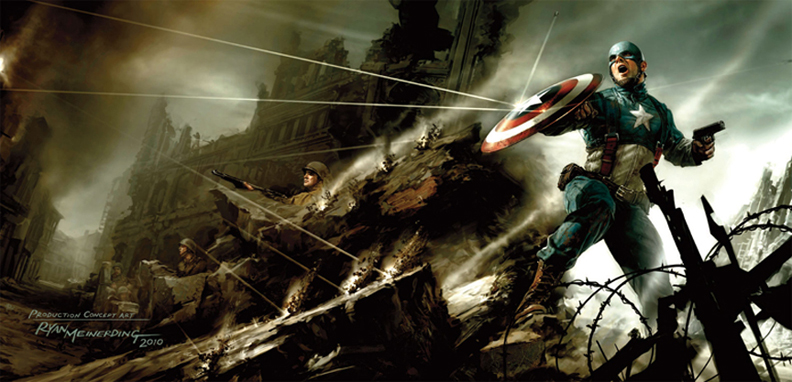
http://cdn-3.fanaru.com/frozen/image/12274-frozen-frozen-wallpaper.jpg
I’ve been wanting to write this one for a while, but I had to wait for the right time to do it. Now that the semester is drawing to a close, I think that the temperature has finally fallen to an appropriate level for me to write this post.

http://cdn.memegenerator.net/instances/400x/19639168.jpg
A quick note before we begin: the word ‘frozen’ is usually associated with coldness, but it’s actually synonymous with ‘solid’. Anything that is in the solid state of matter is ‘frozen’. Your phone is frozen. Your clothes are frozen. That hot coffee cup you burned your hands on? Also frozen. And as much as you may want it to be lava, the floor is also frozen.
Thermodynamics can be briefly described as “the flow of heat.” The first law of thermodynamics says that energy (heat) cannot be created or destroyed – it can only be redistributed to other parts of the universe.
Freezing is an exothermic process, which means that heat is removed from the object and released into the surroundings. That heat has to go somewhere. When Elsa froze the water around Arendelle, that should not have caused an eternal winter – the heat in the water should have been released into the atmosphere, increasing the temperature. It’s also possible that she absorbed the energy herself, but if she did, she would have been so hot as to melt the ice around her (and her clothes too).
Either way, this would require a massive amount of heat energy. This energy has actually been estimated at around 5.8*10^15 J of energy, or 100 times the energy released by the Hiroshima bomb! (Seems like measuring energy in terms of explosives is becoming a recurring theme on this blog.)
Another question is how the winter weather came about. Meteorology is not as simple as drastically reducing the temperature somewhere. Snow is caused by a wide range of factors including warm and cold fronts as well as temperature and pressure differentials. Perhaps Elsa was able to convert the heat energy into kinetic energy to create wind drafts. Elsa does appear to also be able to control kinetic energy, such as when she ‘froze’ the storm near the climax. But why would she continuously put in the effort to convert heat energy to make a blizzard?
What would happen if you were hit by Elsa’s freeze power? Water expands when it freezes, which is why pipes burst in winter. Well, blood is mostly water, and runs through blood vessels which are quite similar to pipes. You can see where I’m going – the blood would freeze and expand, destroying vital tissue around blood vessels. If that didn’t kill you outright, then you would die of deoxygenation because the frozen blood would not be able to transport oxygen from the heart. Being hit by Elsa’s freeze power would almost certainly be fatal, and you would probably die well before you suffered hypothermia or were frozen solid.
(Note: there are actually some animals, including certain species of frogs, that can survive freezing by replacing their internal water.)
(Note 2: Since Elsa can apparently create living organisms with perfect human vocal chords from inanimate snow, maybe this isn’t as a big an issue. The implications of that action would require far more analysis beyond the scope of this blog.)
Speaking of Olaf, how exactly does Olaf’s personal flurry work? Why would it be any less susceptible to summer than he is? If it does in fact regenerate itself, then A) autonomous infinite energy and B) why doesn’t Elsa just make Olaf out of that stuff?
At the end of the movie, Elsa is able to thaw out the entire country of Arendelle. Needless to say, this would require an equally massive amount of heat energy. If Elsa has the power to transfer this amount of energy at will, she should stop being queen, start generating infinite energy for Arendelle, and save the universe from heat death. (A true happy ending.)
Maybe if I love the leftovers in the fridge just a bit more I won’t need to use the microwave.



















